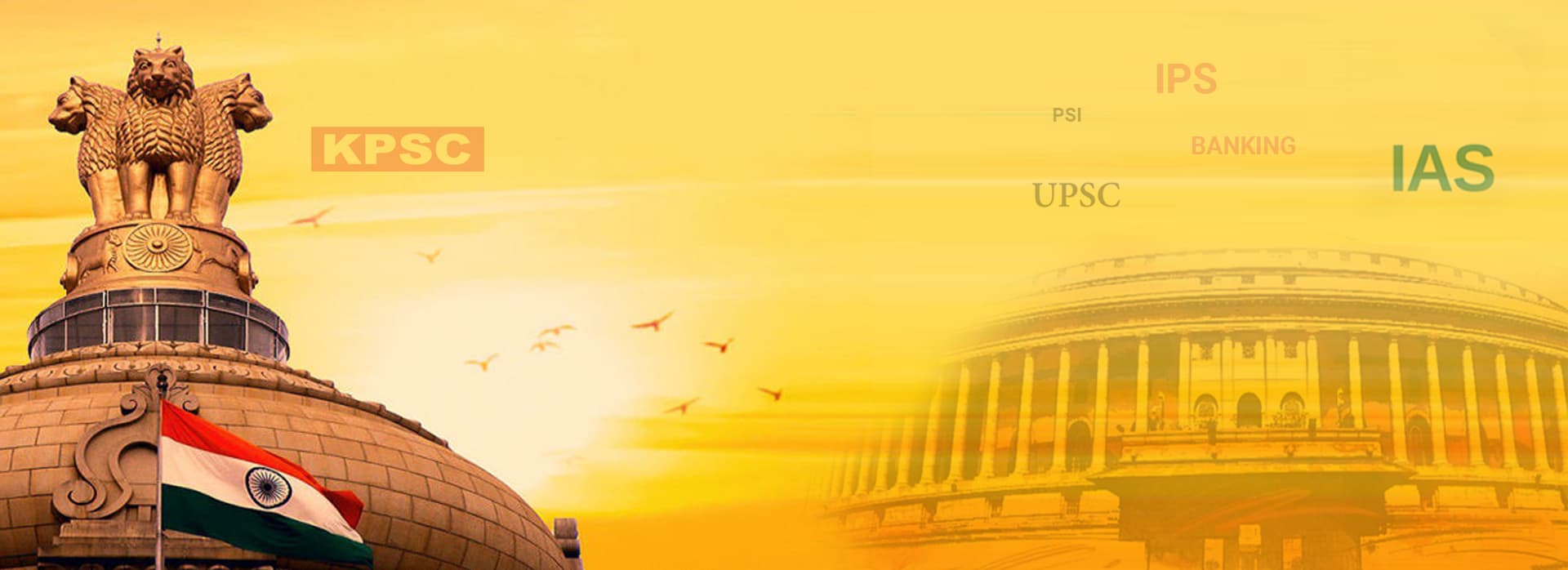India Shapes Global Order
Syllabus
GS 2: India and its Neighbourhood
Why in the News?
Recently, India stands at a global economic and strategic turning point amid the breakdown of old multilateral institutions, rising Asian dominance, and shifting global value chains post-WTO and globalization.
Introduction
- India is at a turning point in global affairs, just like when Vasco Da Gama arrived in Kozhikode in 1498 and the Zamorin of Calicut missed the importance of that moment.
- Today, India is facing a similar situation in the world of global trade and politics.
- As global trade and power dynamics shift, India must capitalize on this change to secure its position as a major global player.
End of the Old Global Order
- For over 75 years, the world operated under a system known as globalisation.
- Globalisation promoted a rule-based order, which divided the world into “donors” and “recipients.”
- The system became outdated with China surpassing the U.S. in manufacturing and trade, as well as becoming the largest donor.
- Key global institutions like the WTO and the UN lost their utility, especially for major players like the U.S.
- The COVID-19 pandemic revealed the limitations of this system, with countries like the U.S. hoarding critical resources like medicines.
- The G-7 has now fractured, and new organizations like BRICS are gaining traction, with several countries expressing interest in joining.
New Global Power Trends
- Former U.S. President Donald Trump’s decisions reflected a changing world, where no single country holds all the power.
- The U.S. is restructuring its approach to maintain its global power.
- Trade relations are increasingly shaped by bilateral deals rather than global agreements.
- Poorer nations no longer enjoy special privileges.
- India and other countries must adapt to this new reality by redefining their strategies.
A Post-WTO World
- The weakening of G-7 and G-20 creates space for countries like India to influence global agendas.
- India, China, the U.S., and the EU have contributed nearly three-quarters of global growth since 2020, with the S. and China dominating.
- Russia has strengthened ties with Asia, especially with China and India, marking a shift in global energy markets.
- Asia is poised to regain its historical position as the richest and most powerful region, a position it held for centuries before colonial rule.
- This change offers an opportunity for Asian countries to grow and share prosperity together.
India’s Strategic Opportunity
- India has the chance to capitalize on the weakening of the WTO, just as China did after joining the organization.
- The U.S. and China are almost evenly matched in terms of trade, military, and technology, which presents a delicate balance for India.
- India must focus on improving its trade relations with the U.S. while building stronger ties with China.
- Prime Minister Narendra Modi’s statement about the “Asian Century” signals a period of opportunity for India.
- The issues within ASEAN (Association of Southeast Asian Nations) present an opportunity for India to propose an Asian common market to share prosperity.
- As the WTO’s non-discrimination clause fades, India can take the lead in creating a new cooperative framework with ASEAN and the African Union, both of which will soon surpass the U.S. and Europe in consumer power.
Reimagining Global Rules
- India should leverage its diplomatic strength to develop new principles for global governance that reflect a more equal world.
- Global trade now depends more on technology than on traditional tariffs.
- India should push to reduce non-tariff barriers and create comprehensive agreements that combine trade, services, investment, and infrastructure.
- These agreements should include a review process to ensure fair impact on all nations involved.
Missed Opportunities in the Past
- India’s foreign policy after independence aimed to balance relationships with powerful nations, often relying on short-term tactics rather than long-term strategy.
- In 1955, India attended the Bandung Conference, a significant step in forming alliances among newly independent nations.
- However, India’s focus on the Non-Aligned Movement (NAM) in the 1960s shifted attention from economic development to peace in a divided world.
- While India gained respect, it remained economically weak.
- The country focused on passing resolutions at the United Nations while neglecting the economic potential of trade.
- India also missed the opportunity to invest in technological innovation, an area where other countries had made significant strides through partnerships with universities and industries.
Time for Bold Decisions
- India now faces a critical moment where bold decisions must be made to develop a national consensus on how to support talent and drive economic growth.
- A unified approach involving political parties and state governments is crucial for nurturing skills and fostering job creation.
- This is the only way India can regain its technological edge and global influence.
- Unlike the West, which grew rich through colonialism, India must chart its own path forward.
India’s Strength in Technology
- India has the potential to become a global leader in technology.
- The country can achieve this by developing open-source software to foster international cooperation.
- China’s success with Huawei, which is now manufacturing advanced 7-nanometer chips, shows that India can also compete in technology.
- Open-source AI models like DeepSeek demonstrate that India can provide cost-effective and high-quality alternatives to American technology.
- In the past, India was a leader in hardware but lost momentum in software. Now is the time to revive its technological edge.
Learning from China’s Strategy
- China’s re-emergence as a global power offers valuable lessons for India.
- China’s success is rooted in national consensus on a path to prosperity, rather than copying the West.
- India must focus on patent generation, which is a better indicator of future success than GDP growth.
- Reducing the cost of electricity is a key strategy to support economic growth, especially in the face of climate change.
Building a Strong Digital Future
- India must collaborate with academia and industry to launch major challenges that focus on building the best artificial intelligence (AI) models in the world.
- India already has the talent, data, and digital infrastructure to make this happen.
- Success in AI will position India as a formidable cyber power, giving it significant influence in the global digital economy.
- Just as India once led the world in textile production, it can now lead the world in digital technologies, relying on skill and knowledge rather than monopolies
Conclusion
India has a historic opportunity to reshape global systems. By focusing on its strengths and values, India can emerge as a leader in the new world order. With the right strategies, India can drive global cooperation toward a more equitable future.
Source
The Hindu
Mains Practice Question
Discuss India’s role in the evolving global order and the opportunities it can capitalize on to reshape international governance and trade.







